Acts of Resistance @ South London Gallery
8th Mar 2024 – 9th June 2024
Photography, Feminisms and the Art of Protest
Art practice over the last 30 years has seen an increased move away from object centred art; the singular painting, the sculpture, the drawing, all attributable to the one artist.
The current blurring of what constitutes art comes at a time when many artists are looking at more collaborative means to construct meaning and develop social connections with their audience. Although participatory art is not new, take DADA in the 1920’s, Happenings in the 60’s and performance based work also from the 60’s, they operated very much on the peripheries of the institutional art world.
A rejection of established forms and an increased social engagement distinguishes the current forms of art from what has come before. Activism is now a large part of contemporary art practice. Overlapping with the political, what art activism does is attempt to provide a voice for those outside the dominant societal groups. As the dominant societal groups of power are often male, heterosexual and white, most of the activism that takes place, falls into the categories of feminism, LGBTQ+ and experiences of people of colour. On the other hand, surprisingly, given the current economic conditions, issues surrounding poverty and the exchange value of labour appear to attract less attention.
This exhibition at the South London gallery looks at how photography is being used by activists around the world to highlight feminist issues. Many of these issues overlap and these artists are using photography in innovative and subversive ways to carry their message and counter dominant narratives.
Much of the work is unambiguously direct. The urgency of the message deemed more important than artistic subtleties.
Below are some of these powerful works:
Aida Silvestri – ‘Untitled (Mutilation)’ (2023)
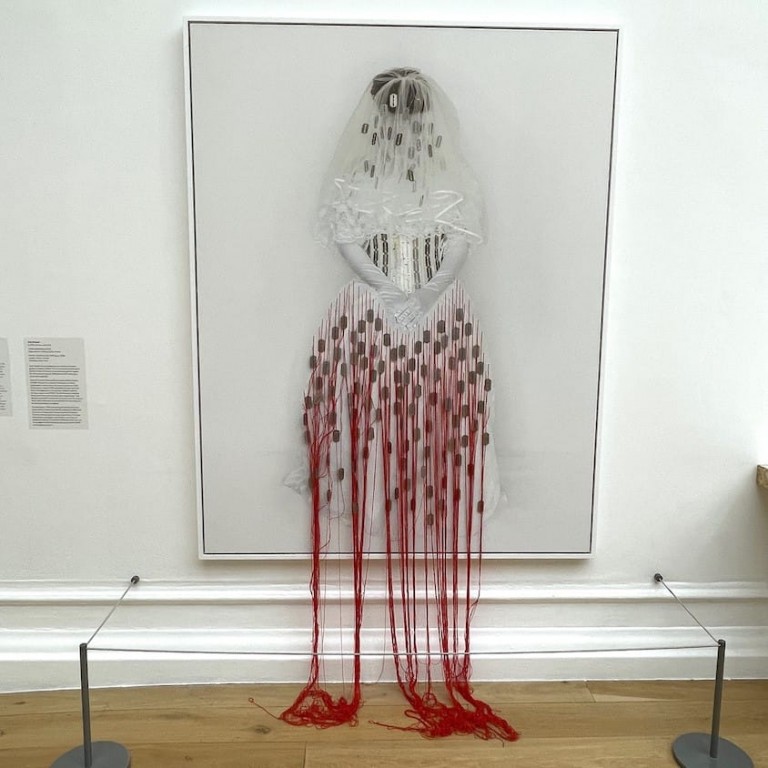
‘Untitled (Mutilation)’ (2023)
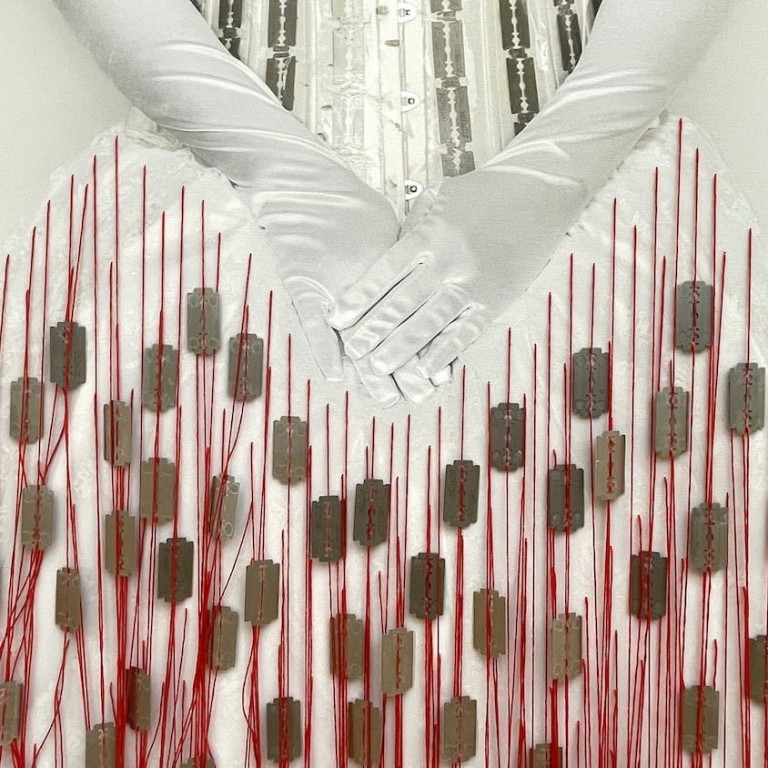
‘Untitled (Mutilation)’ (2023) - Detail
A wedding dress adorned with razor blades. Silvestri tackles the barbaric practice of FGM. Estimated to affect 200 million worldwide, the practice, although often carried out on girls by older women, is a product of male dominated societies in which notions of ‘protecting virginity’ until marriage is deemed more important than the health of the girls and women involved.
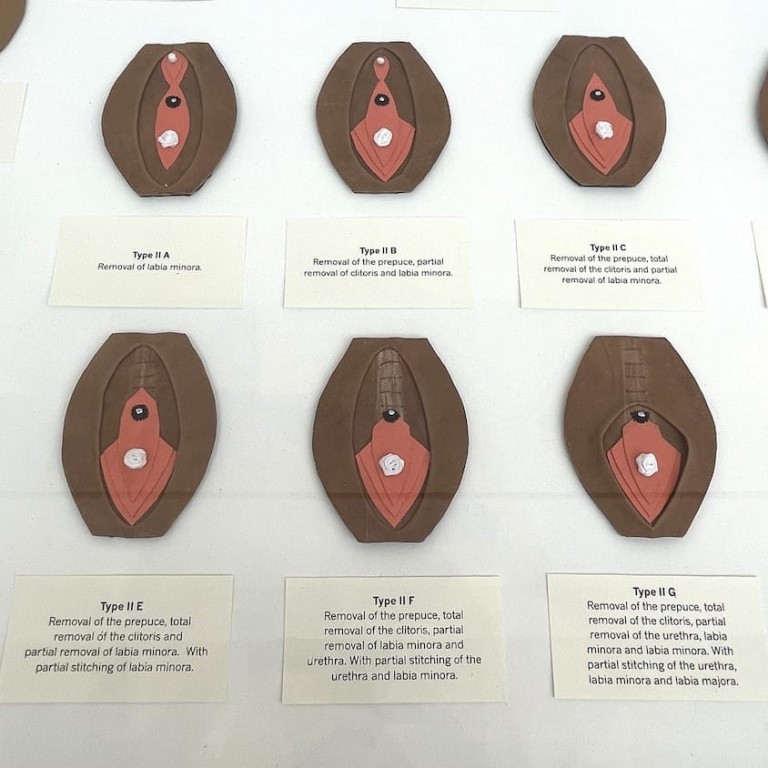
Handcrafted FGM Patches
Silvestri’s work is also accompanied by handcrafted patches demonstrating the various forms that FGM can take.
As activism’s principal aims are to confront injustices and discrimination borne through ignorance, education often forms an integral part of the practice. Silvestri’s work is now used within the NHS to help identify cases of FGM.
Guerrilla Girls – ‘History of Wealth and Power’ (2016)
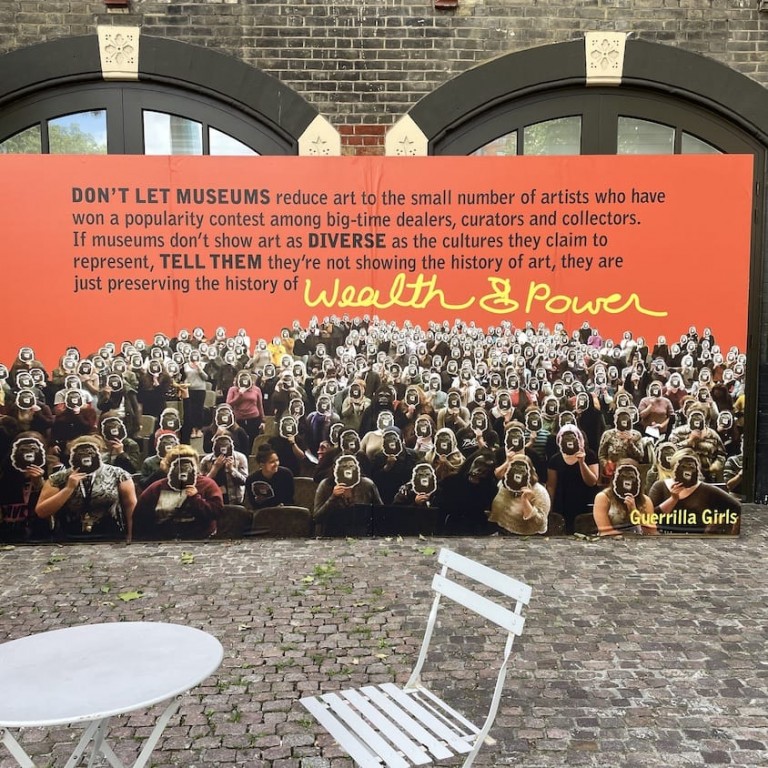
‘History of Wealth and Power’ (2016)
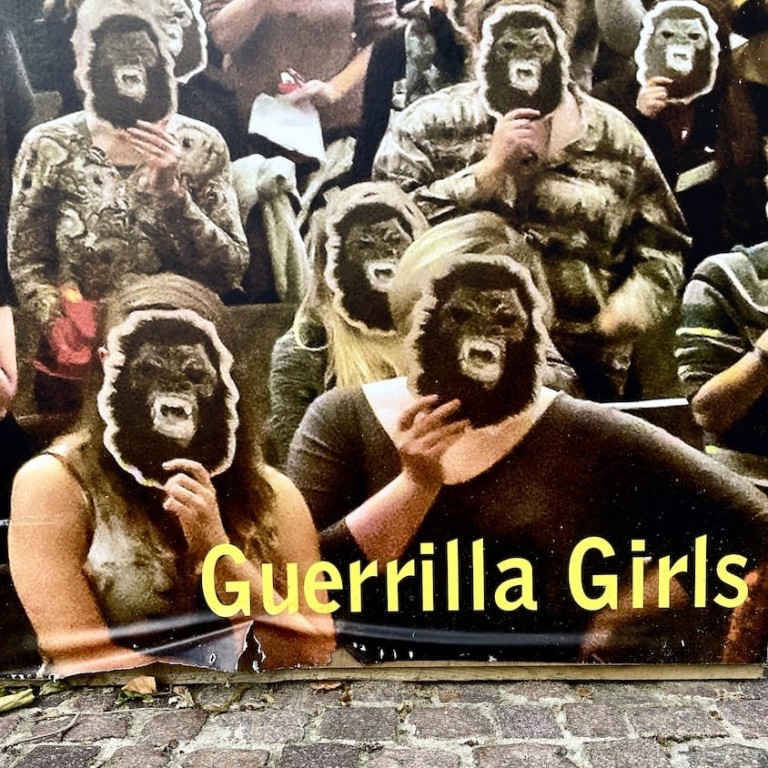
‘History of Wealth and Power’ (2016) - Detail
The Guerrilla girls are one of the more high profile activist groups mixing radicalism with humour and strong graphics. Targeting institutional misogyny, they have shone a bright light on the failure of high profile art institutions to give proper attention to female artists.
This particular piece although still confronting art institutions, casts its net wider and calls out their gaslighting, accusing them of simply serving the interests of wealth and power.
This is quite interesting to view now, eight years after its creation. Recently institutions have gone to extraordinary lengths to appear reactive and responsive to issues raised by activists. The Royal Academy in London and The Fitzwilliam Museum in Cambridge have recently held exhibitions highlighting the colonial roots of their extensive collections. Evocative names such as ‘Entangled Pasts’ and ‘Black Atlantic’ allude to their role, but it’s yet to be seen what actions they actually take.
Wendy Red Star – ‘Amnia (Echo)’ (2021)
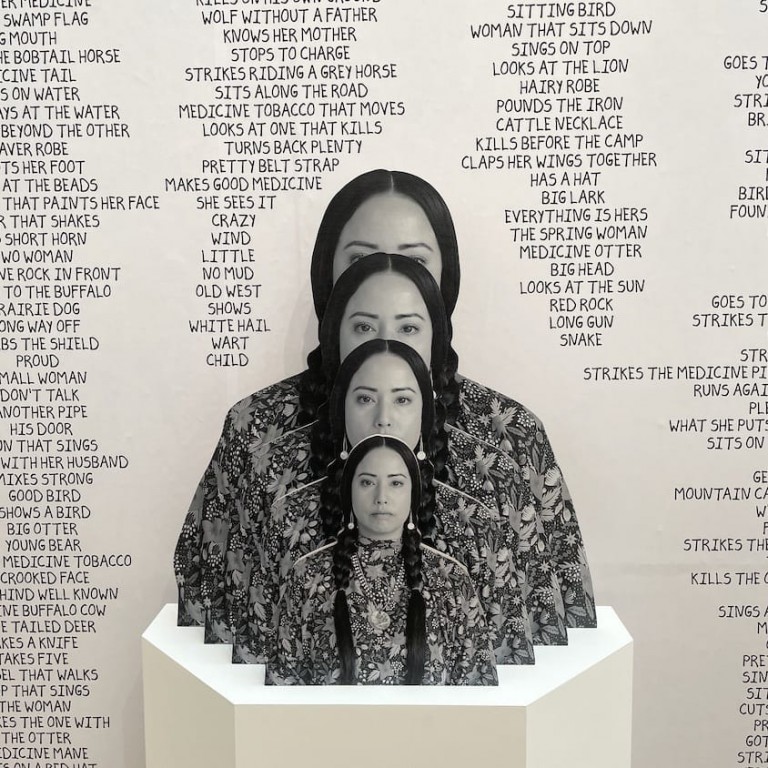
‘Amnia (Echo)’ (2021) - Detail
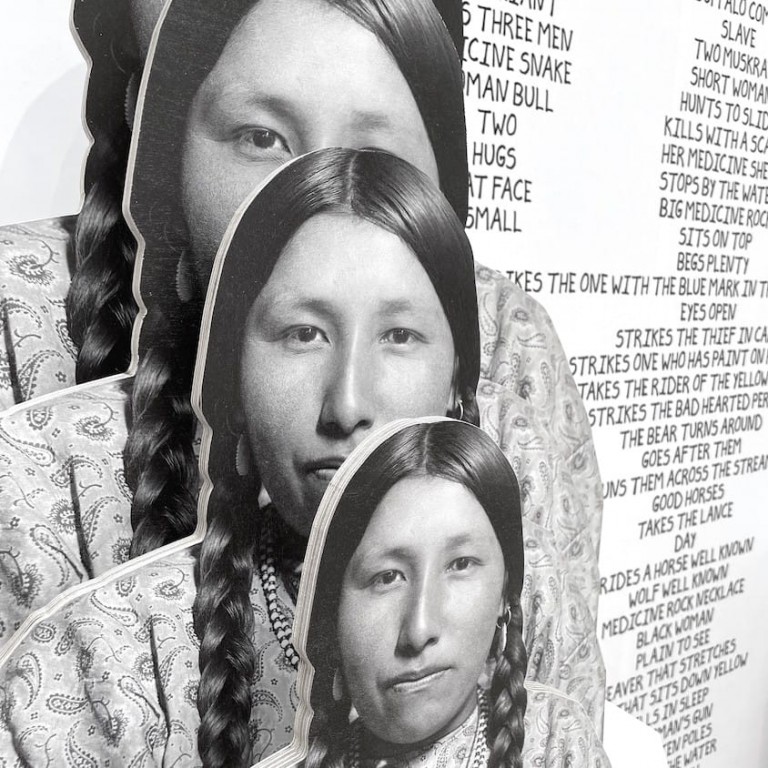
‘Amnia (Echo)’ (2021) - Detail
Wendy Red Star addresses the erasure of the First Nation American culture by white settlers. In particular her own Apsáalooke Nation, which in contrast to the patriarchal societies of the white settlers were a matriarchal people. Names were given to members based on cultural traditions. However during the Indian reservation allotment era land was allotted to male family members and Apsáalooke names were replaced with Christian ones.
The allotment system therefore led to the erasure of female Apsáalooke names. Red Star’s work underscores this erasure and the imposition of a patriarchal European lifestyle on Apsáalooke society. It remembers the powerful names of Apsáalooke women and girls amid colonial structures.
Zanele Muholi – ‘Bester, New York’ (2019)
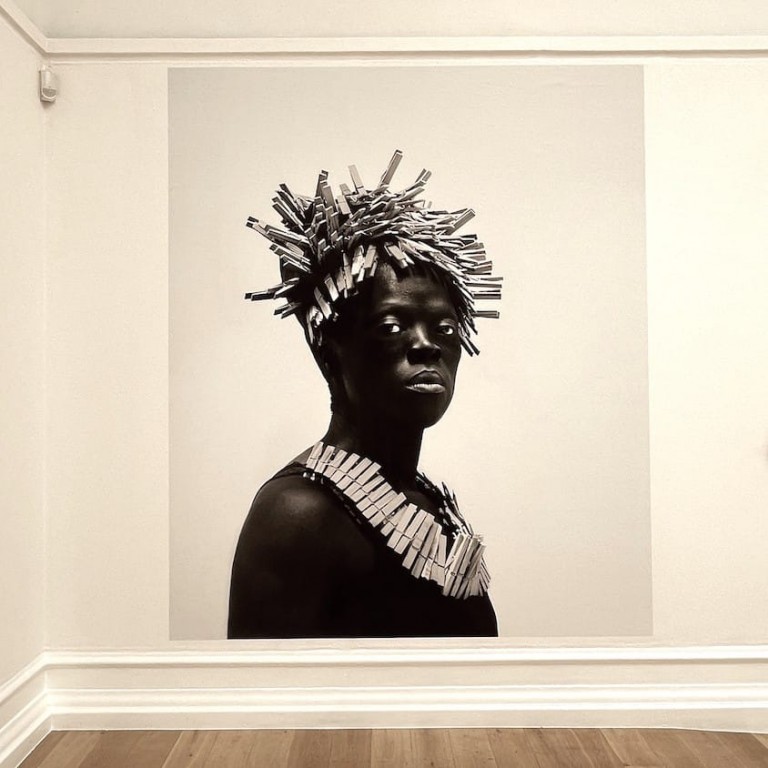
‘Bester, New York’ (2019)
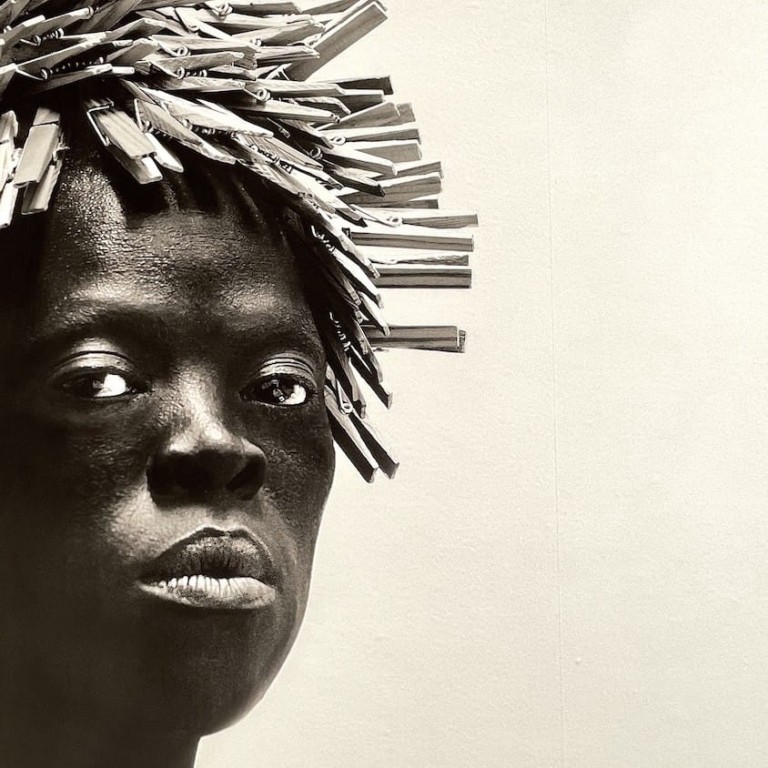
‘Bester, New York’ (2019) - Detail
Muholi has exploded on the art scene recently with two major shows at Tate Modern in under 5 years (the latest runs until 26 January 2025). Working in the medium of photography they describe themselves as a visual activist, largely focussing on documenting and celebrating the lives of South Africa’s Black lesbian, gay, trans, queer and intersex communities. However this work highlights Apartheid era South Africa’s ‘Job Reservation Act’, an act which ensured low paid and un-skilled jobs were reserved for people of colour. The image pays tribute to Muholi’s late mother Bester who was employed as a domestic worke.
Laia Abril – ‘On Abortion’ (2016)

‘Abortion Drone’
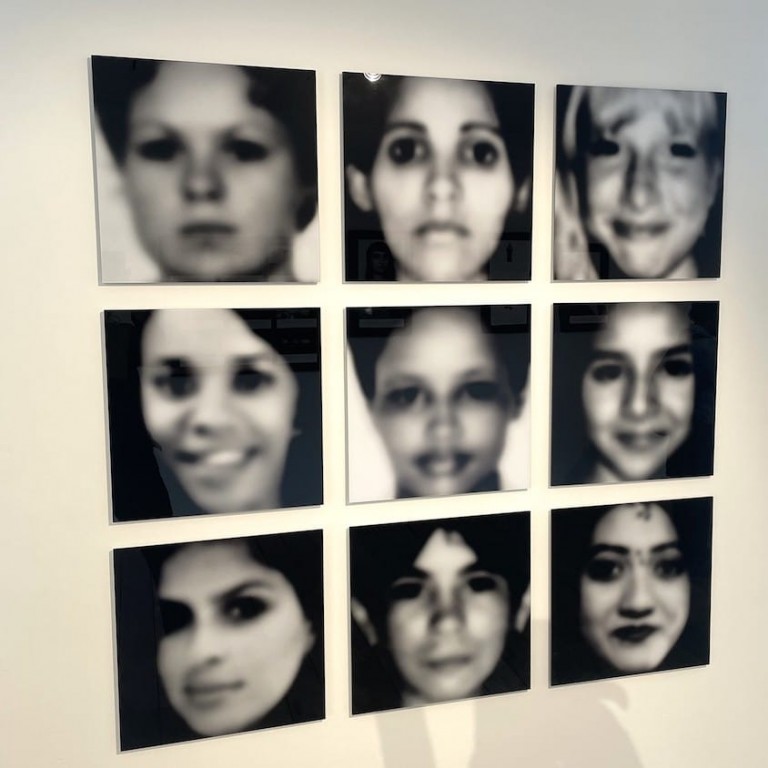
‘Cause of Death: Illegal Abortion’
Laia is a research based artist and these works document the ramifications and repercussions of restrictive abortion laws around the world. According to Abril, 40% of women worldwide of reproductive age live under laws which restrict their ability to choose whether to have an abortion. Laia highlights the fact that reproductive issues are often classed as a political matter rather than a question of the human rights of the woman, the consequence being that in many countries, where abortion is outlawed, women are criminalised.
Laia argues that across the world women are let down by institutions of power such as the state and the church and as a result many die. Her work shines a light on the uncomfortable truths resulting from botched procedures around the globe.
Despite Poland being a member of the European Union, abortion, due to the influence of the Catholic Church, is illegal. ‘Abortion Drone’ is the case of a drone flight on 27 June 2015 from Frankfurt in Germany to Slubice in Poland carrying a cargo of abortion pills.
‘Cause of Death’ aims to keep alive the names and faces, where possible, of the many women of have died as a result of illegal abortions.
| Karina (Poland) | Elizangela (Brazil) | Becky (USA) |
| Esperancita (Dom. Rep.) | Irene (Uganda) | |
| Jandyra (Brazil) | Ana Maria (Argentina) | Savita (Ireland) |
Nan Goldin – ‘Memory Lost’ (2019 – 2021)
Goldin, in the documentary ‘All the Beauty and the Bloodshed’ made waves by directing her ire at the institutions that help whitewash the activities of the Sackler family. The Sackler family, owners of Purdue Pharma made its fortune selling the opiod Oxycontin. Oxycontin, a drug that has laid waste to vast swathes of the American population.
Yet many of our art institutions, in receipt of donations from the Sackler family have whole buildings and wings named after them. Goldin, an ex-oxycontin user herself, takes to the streets and the buildings and takes direct action to shame those institutions and force them to cut ties with the family.
‘Memory Lost’ is a 24 minute slideshow in which Goldin, using images from her archive of family and friends, recounts the pain and fleeting moments of beauty in life lived through the lens of addiction.
This was a deeply moving exhibition, but also one filled with hope. By highlighting the different struggles and prejudices affecting women around the world, it showed how women are rising up and ensuring that their voices are heard and that their histories are not forgotten. It is the documenting of this type of activism that makes socially engaged art so important and relevant.